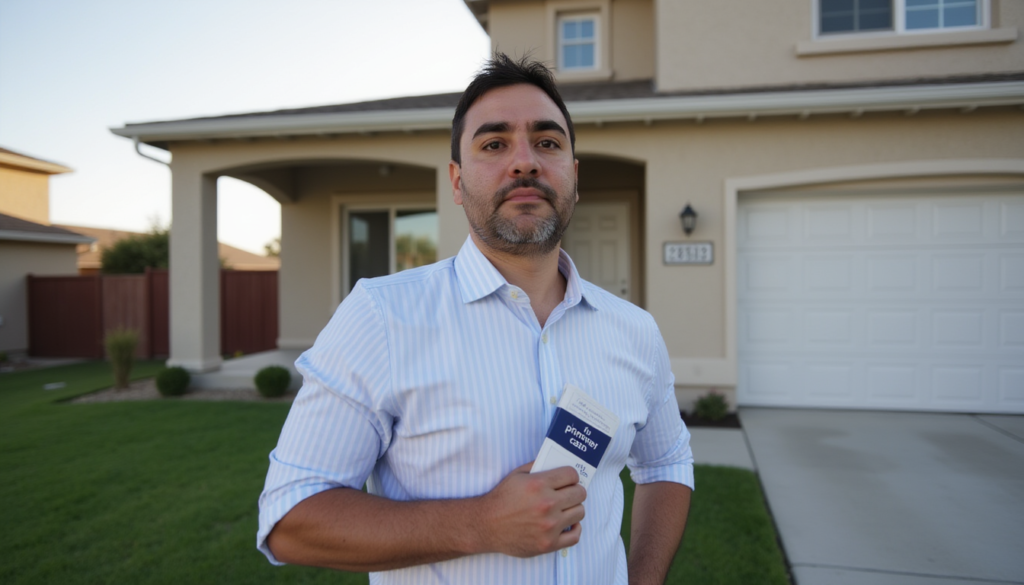Tabla de contenidos
En el mundo del derecho inmobiliario y de los préstamos, los gravámenes juegan un papel crucial. Un gravamen es un derecho o interés que un acreedor tiene sobre una propiedad particular hasta que se pague una deuda. Pero, ¿qué sucede cuando dicha deuda se paga en su totalidad?
El Escenario
Imagina que eres propietario de una casa. Tomaste un préstamo hipotecario para comprarla, lo que significa que, hasta que pagues ese préstamo, el banco tiene un gravamen sobre tu propiedad. Es una especie de «garantía» para el banco: si no pagas, podrían apoderarse de la propiedad para recuperar su dinero.
Las Opciones de Términos
- Satisfaction (Satisfacción): Indica que todas las obligaciones relativas a un gravamen han sido cumplidas. El deudor ha pagado la deuda en su totalidad.
- Completion (Finalización): Simplemente denota el final de un proceso, pero no necesariamente el cumplimiento de las obligaciones de un gravamen.
- Release (Liberación): Es una exención o renuncia general. No necesariamente indica el pago total de un gravamen.
- Equity (Capital): Refiere al valor de propiedad del propietario después de deducir las deudas y gravámenes.
El Veredicto
Cuando un gravamen se paga en su totalidad, se dice que ha habido una «Satisfaction» (Satisfacción). Es el término legal y técnico que indica que todas las obligaciones relativas a ese gravamen han sido satisfechas, liberando al propietario de cualquier deuda asociada.
Conclusión
Comprender los términos legales y financieros es esencial para navegar adecuadamente en el mundo inmobiliario. Saber cuándo y cómo se ha logrado la «Satisfacción» de un gravamen es clave para asegurar que tus derechos y activos estén protegidos.

